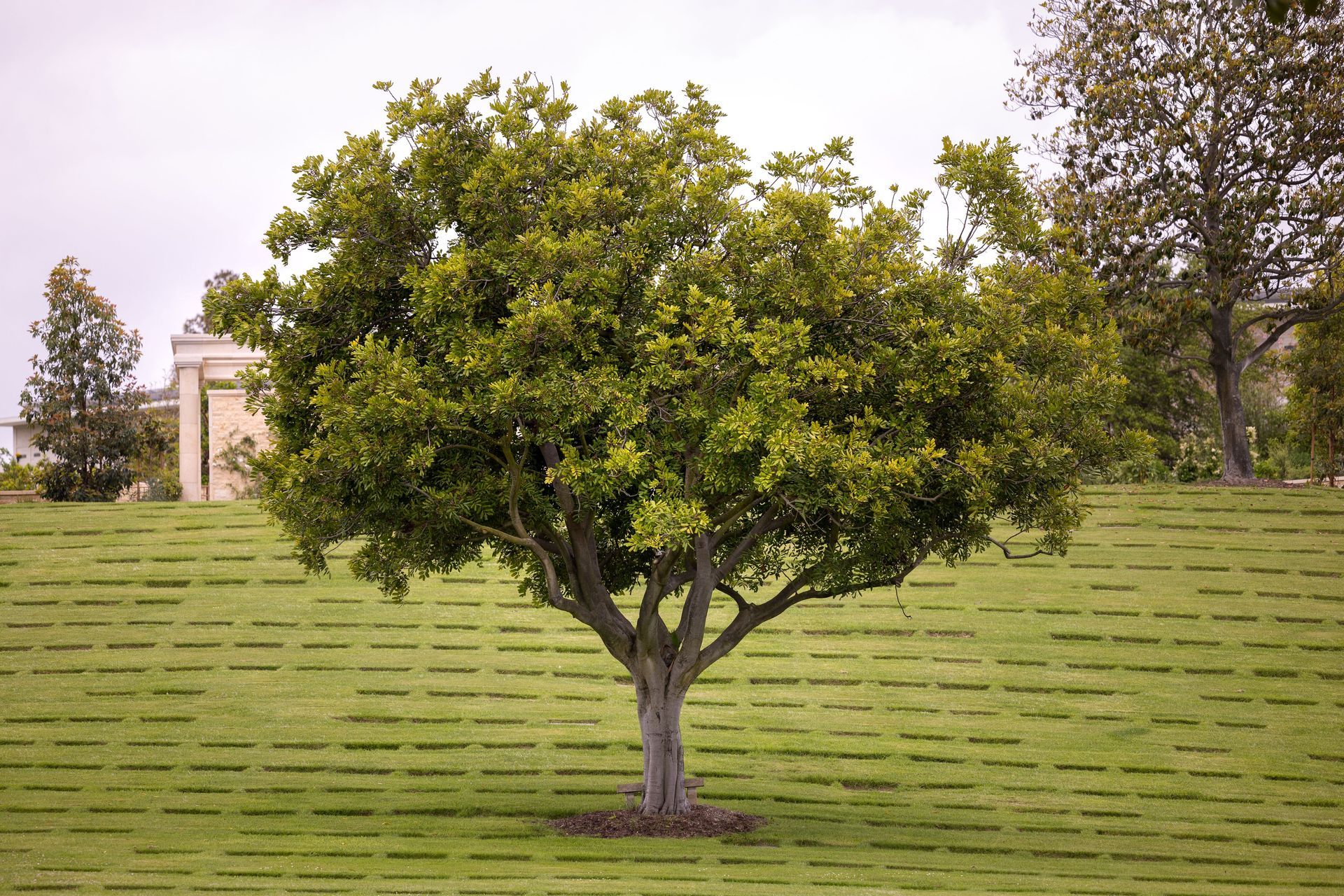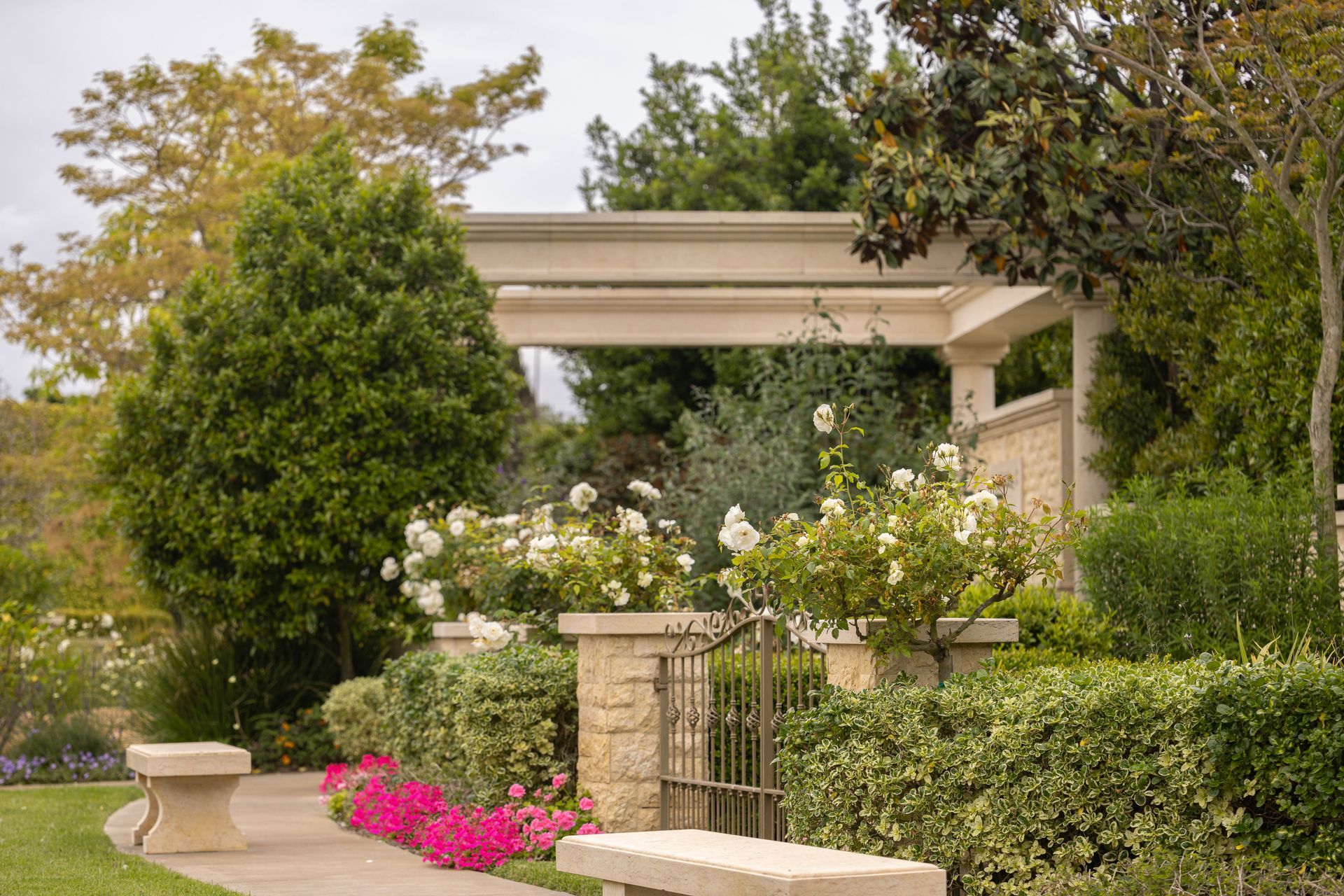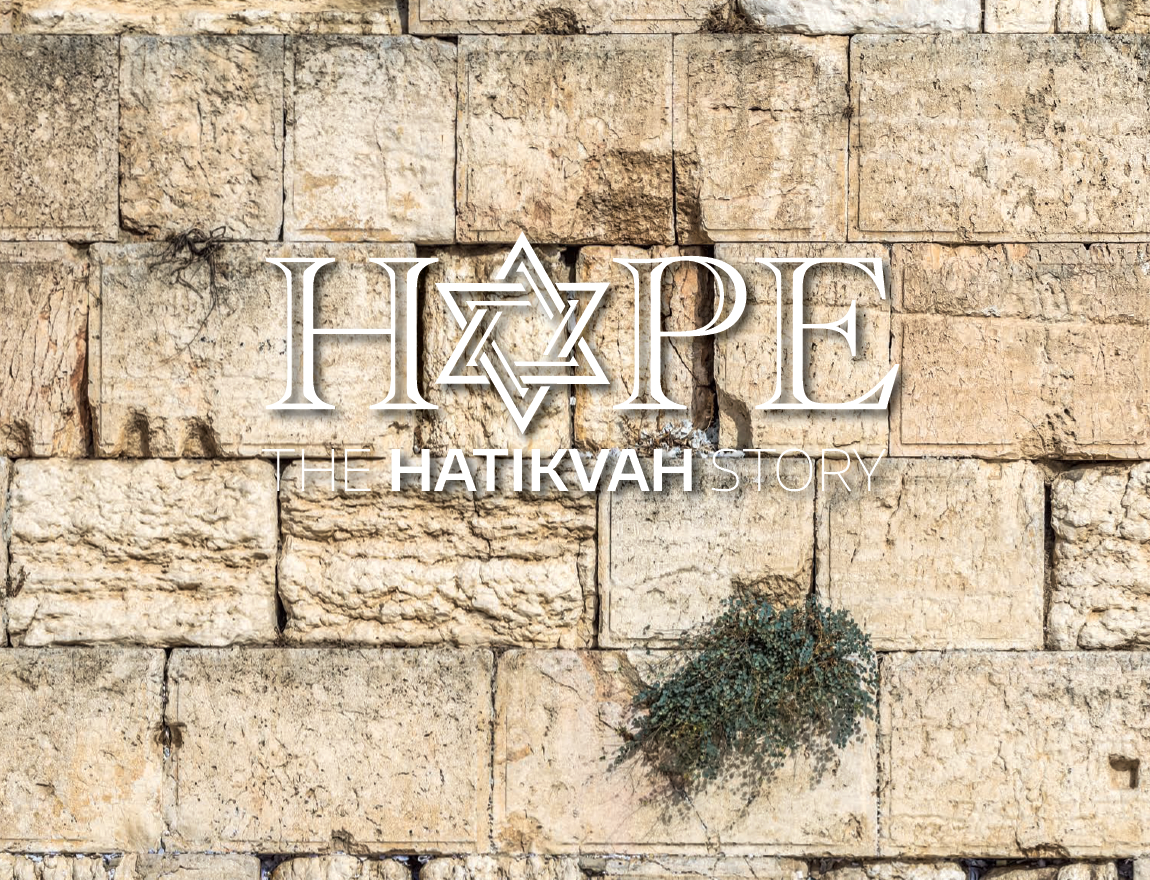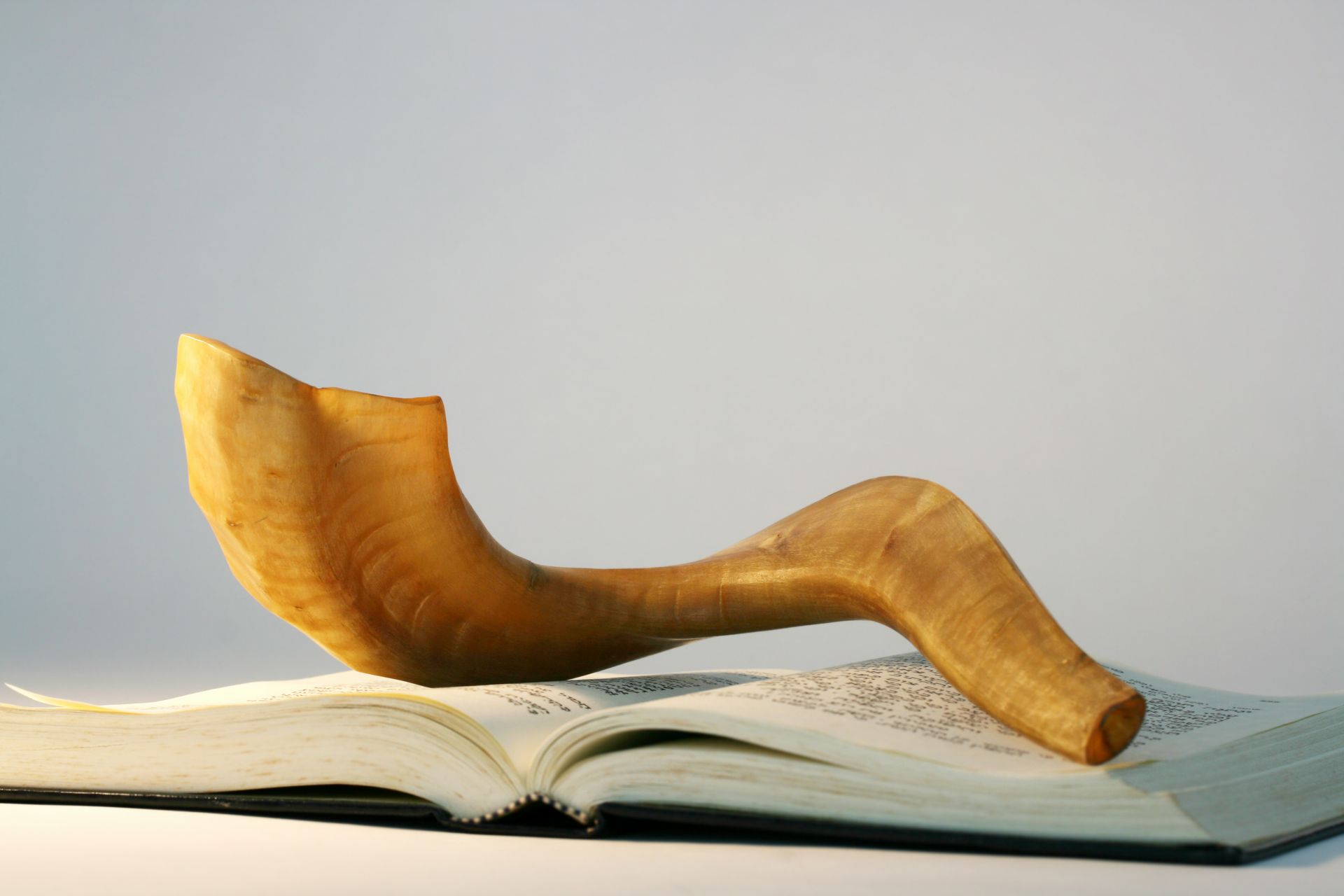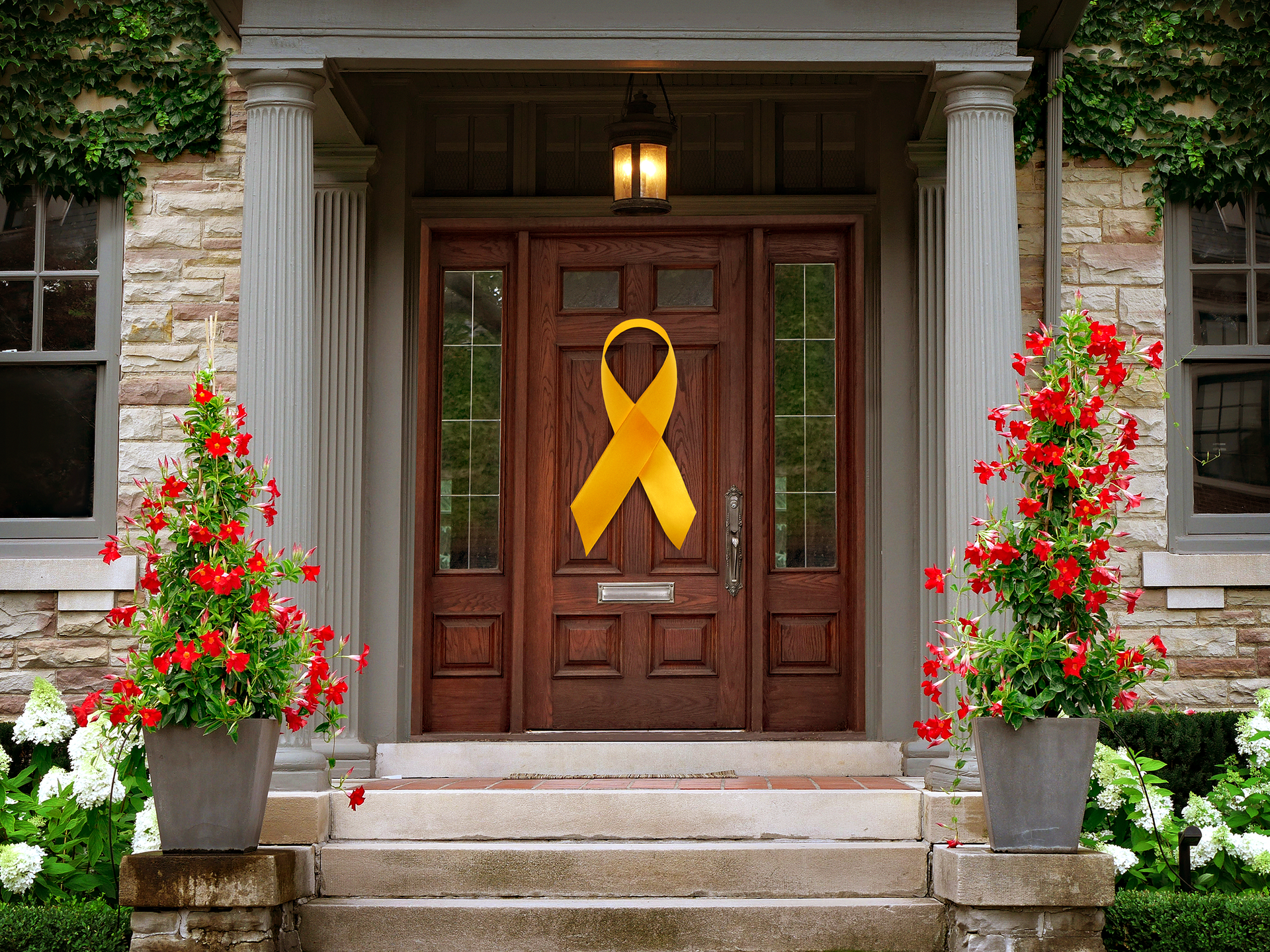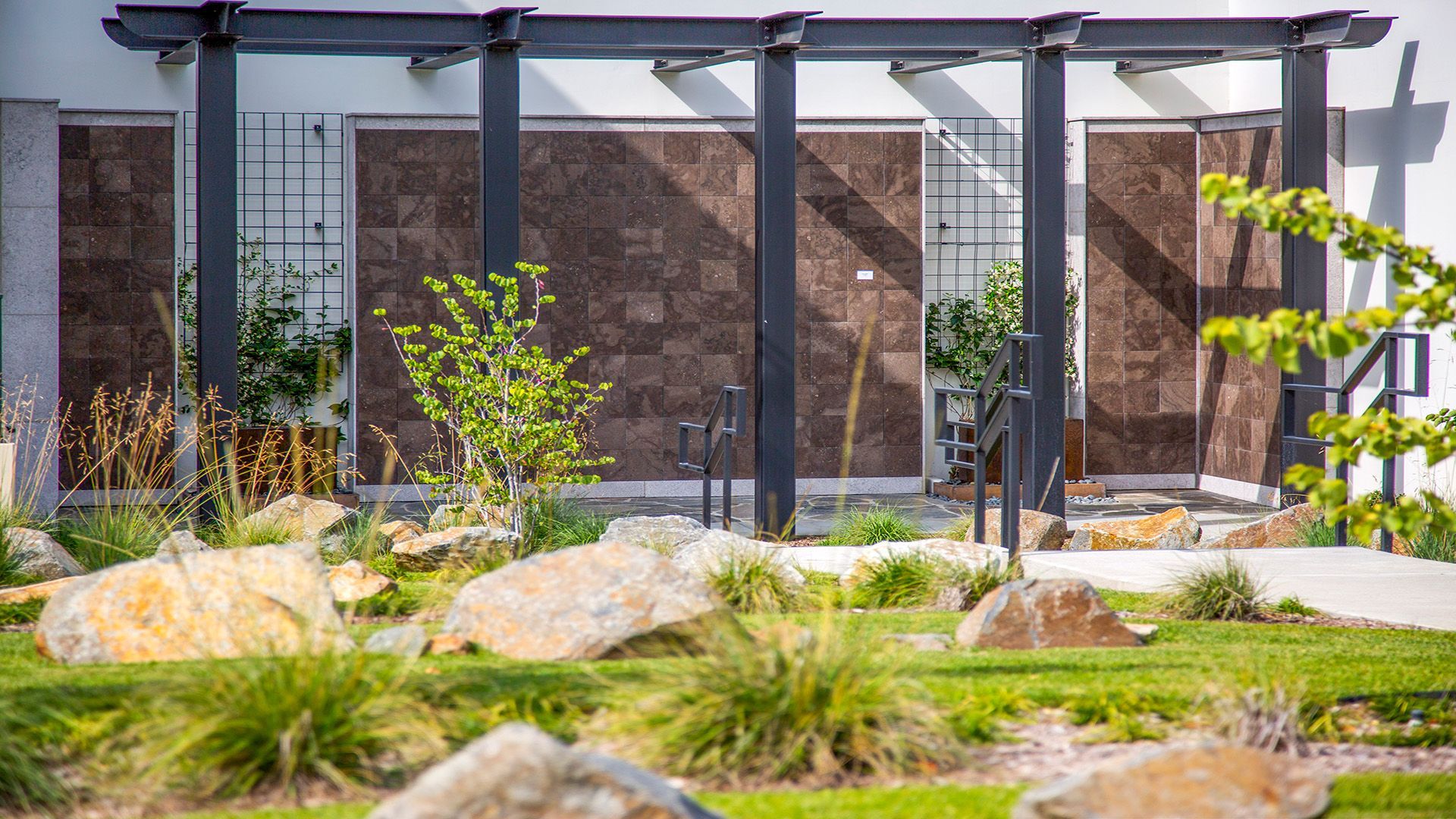The Power of Yizkor Services
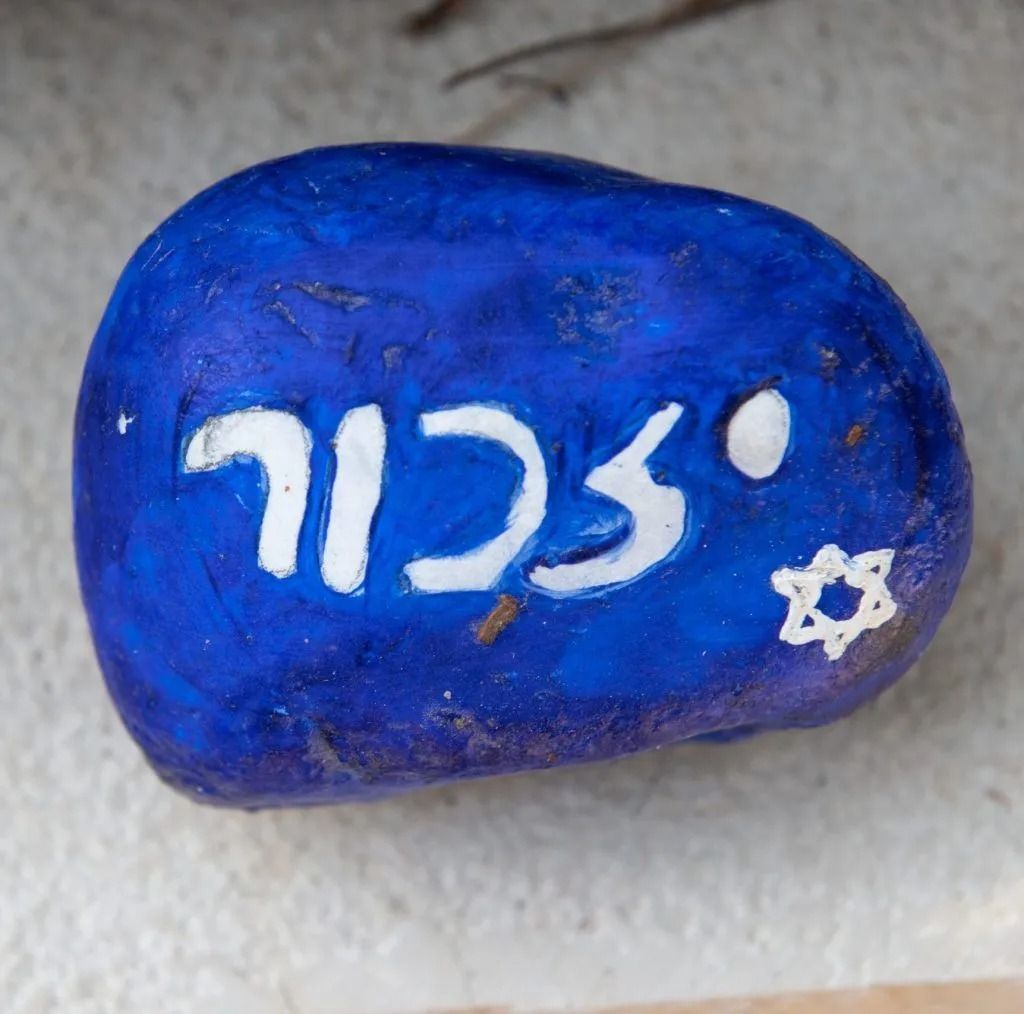
A small, painted, blue memorial stone with the Hebrew word “remember” in Jerusalem, Israel.
While anniversaries of a death are normally observed in private, the Yizkor service is a public observance for grieving families and their communities during the High Holidays. These vital ceremonies are one of the most important traditions that have always brought the bereaved together for mutual support and comfort in the Jewish community.
What is a Yizkor Service?
Yizkor services are deeply reflective and involve a series of readings and prayers, both recited and chanted, which call participants to remember the lives and legacies of those we have lost. To begin, individuals silently read specific paragraphs to honor and remember deceased loved ones, with sections dedicated to a father, mother, spouse, child, other relatives, friends, and Jewish martyrs. Afterward, the El Male Rahamim prayer, which is also recited at Jewish funerals, is chanted as a memorial for the deceased. Additionally, the Av HaRahamim prayer is spoken by the congregation in remembrance of all Jewish martyrs, and some include Psalm 23. Although traditionally the Mourner’s Kaddish is not part of Yizkor, many congregations incorporate it as the concluding prayer of the service.
When are Yizkor Services Held?
During the High Holidays, Yizkor services are held on three dates: Yom Kippur, Shemini Atzeret immediately following Sukkot, and on Simchat. Traditionally a time of reflection on the past year, the High Holidays are a fitting time to remember those who are no longer with us, and to surround ourselves with emotional support before the new year.
Who Can Participate in a Yizkor Service?
In some Jewish communities, those who have not experienced a loss in the past year choose to sit out the duration of the Yizkor service. While ceremonies are for the bereaved, many Rabbis ask the whole congregation to stay for the duration of the service to uplift those who are suffering. Ultimately, the decision to sit out or participate is yours. However, standing next to a mourner during the Mourner’s Kaddish, especially if they are alone, can be a powerful show of compassion.
How to Add Names to the Yizkor book?
To ensure that your loved ones are honored during Yizkor, many Temples ask members to provide a list of those to be remembered in the coming year when they join or renew their affiliation. If someone passes away during the year, their name is usually added automatically. It’s a good idea to confirm with the synagogue office to ensure important names are not missing from the list.
While Hillside Memorial Park and Mortuary has hosted Yizkor services on select occasions, like our recent Kever Avot Service which can viewed here, most local temples offer Yizkor services during the High Holidays. If you are struggling with the loss of a loved one, the quiet moments of remembrance and reflection during this vital tradition can provide a meaningful connection during this difficult time.
